Tom Murphy on the magic of the Les Paul and the Gibson Custom Shop’s meticulous approach to reissues
For many players, the Murphy Lab represents the pinnacle of aged guitar finishes, and the closest a new guitar gets to its vintage forebears. Here, the man behind the process explains all
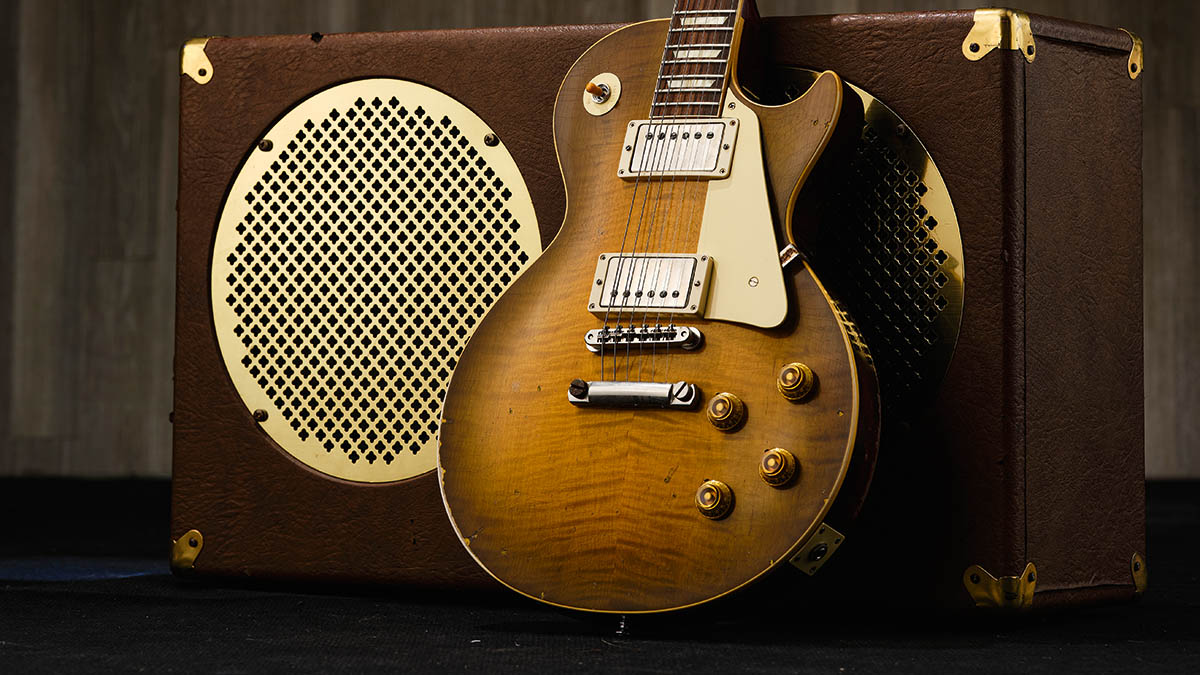
Tom Murphy has been the driving force behind ever-more accurate Gibson Custom Shop reissues of vintage Les Pauls, culminating in the creation of the Murphy Lab, which crafts the company’s hand-aged guitars.
We join him to discuss what the Les Paul was designed to be, what it became – and what it takes to make a great one today.
When did you first start working on Les Pauls?
“It goes way back to around 1970, with just an interest in the guitars. I had already started having a knowledge and appreciation for older guitars, like so many other people. I moved to Houston, Texas, in 1969, and there happened to be a culture of old-guitar guys there. My first Les Paul was a 1968 Goldtop, and I guess I’d say my first experience there was I stripped all the gold off of it. I’ve told people [since then] I am definitely paying for several sins I committed back in the day!
“I actually never planned to be a guitar technician, luthier or repairman, but it finally caught up with me that that’s what I was supposed to do – helping other people with their guitars and just letting my passion guide me.”
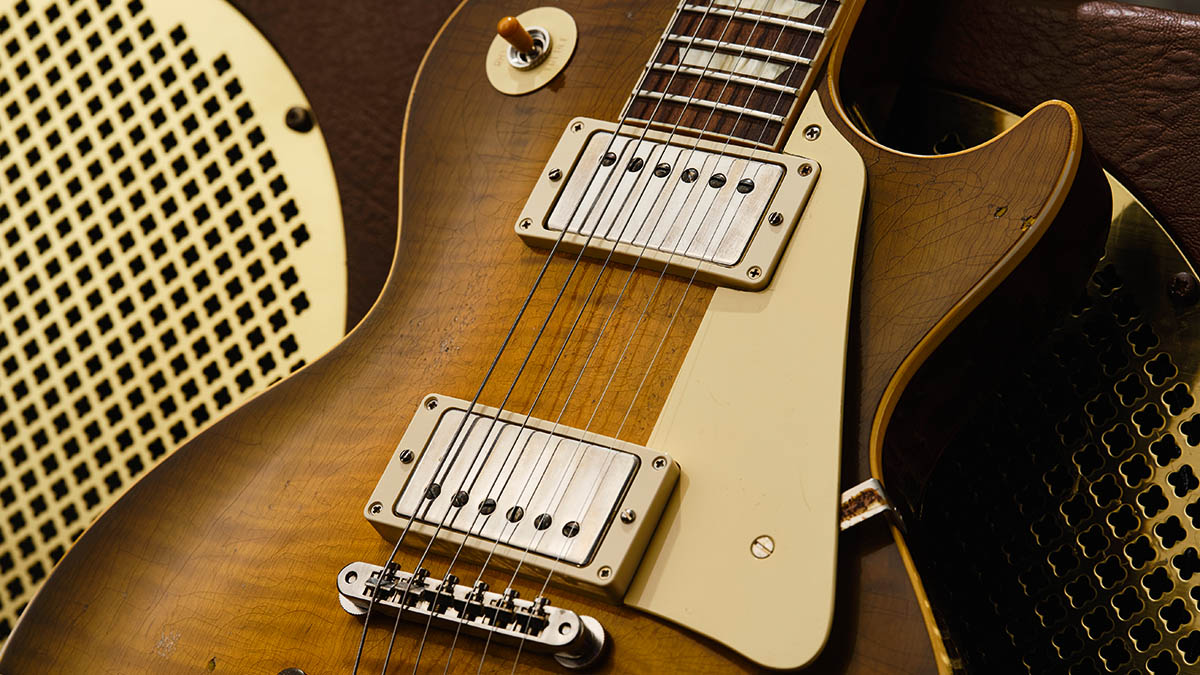
The flamed maple top has become an emblem of the Les Paul, but less than a third of 1958 to 1960 Les Paul Standards are estimated to have had any figuring in at all. Have we misunderstood the model’s past?
“We all have a love of the organic nature of a really beautiful figured top. I have a silly saying that when we see a great top and the guys are marvelling at it, I say, ‘This stuff doesn’t grow on trees, you know?’ And why it’s beautiful is it doesn’t exist until it’s found on a processed tree and so no two are alike, though some are similar.
Get The Pick Newsletter
All the latest guitar news, interviews, lessons, reviews, deals and more, direct to your inbox!
“The difference today, and it has been since the ’90s, is that we can calculate [production] and produce beautiful, awesome instruments every day through our source of wood, so it’s really not a rarity today to find a beautiful top. But think back to the time before that was engineered into the guitars…
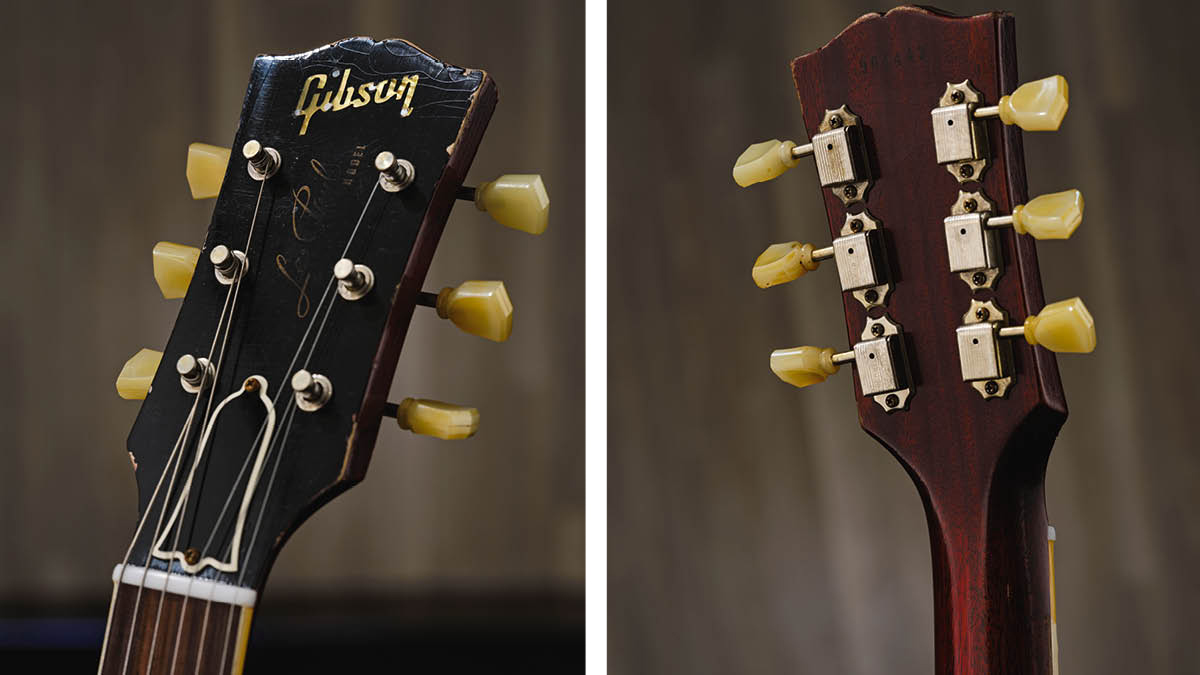
“We now have seen what was reported to be the first sunburst Les Paul – it surfaced and actually turned out to have a three-piece top. It looked like they might have tried to make it somewhat symmetrical, where the seams [in the three-piece maple top] were placed on each side of the bridge as opposed to on a Goldtop where you’ll see really off-centre seams.
You don’t see many ’58s with fabulous tops. I will say that it is possible that marketing or engineering then decided, ‘Hey, we want to put the seam in the middle and we want really sophisticated-looking wood on the top’
“But they hadn’t yet engineered the centre seam or said, ‘Let’s make it look all bookmatched’ like it is on the back of the jazz guitars. I mean, if you think about it, when it came into being, the top of Les Paul looks like the back of a jazz guitar – maple had never been on the front before. So then here comes the Les Paul and then they said, ‘Oh, let’s showcase the top.’
“But you don’t see many ’58s with fabulous tops [namely, at the start of the ’Burst’s original production run]. I will say that it is possible that marketing or engineering then decided, ‘Hey, we want to put the seam in the middle and we want really sophisticated-looking wood on the top.’ All the same, a totally plain 1959 sunburst Les Paul and a really flamed one were the same price. Exactly the same price. But they are not now.”
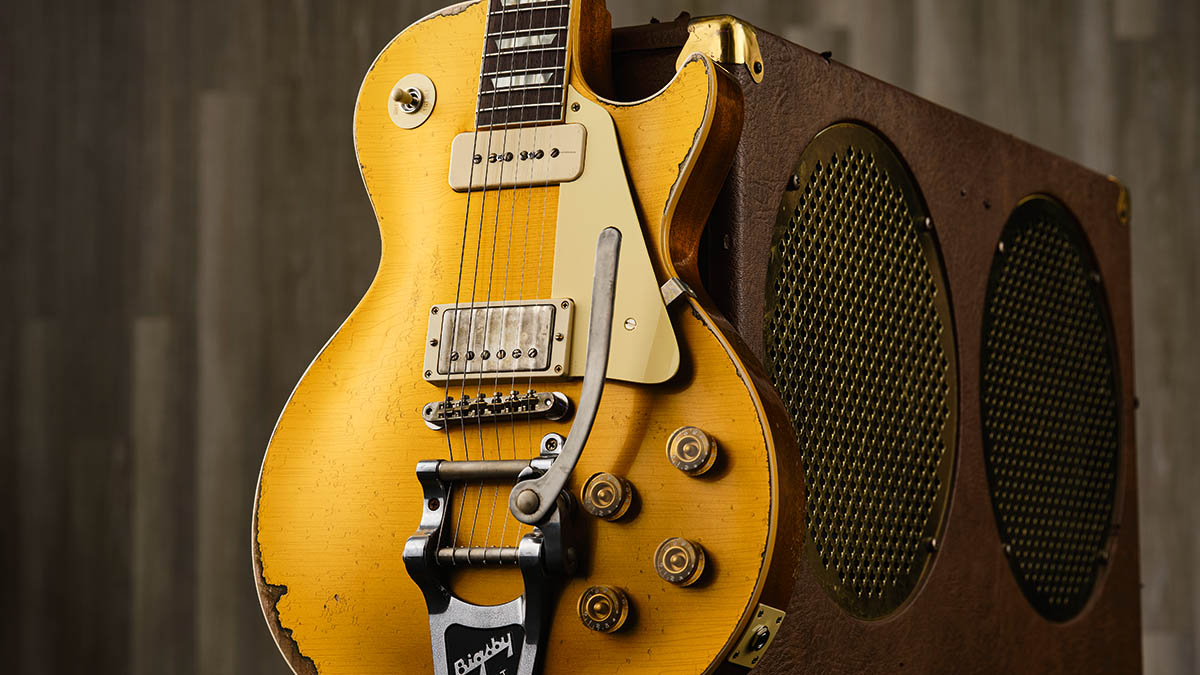
Did the top-carve change much over time?
“You tend to see it a little bit more pronounced on the ’52s and ’53s, which was very, very early. I’ll tell you this, in the first year that we made the Historics, Matthew Klein – who’s one of our engineers – and I did quite a bit of the engineering on the guitars. We wanted to capture a more accurate carving. We did have a couple of originals we were able to look at and take some measurements from, but we didn’t have the digital scanning [technology] that we have now.
The carving today, that you see on our vintage-style Les Pauls, either gold or sunburst, is the most accurate that I’ve ever seen because it’s taken off of a real guitar and transferred to digital machines
“Matthew hand-carved a big butcher-block piece of maple to the shape that he gathered from making accurate measurements. We had a measuring gauge on the top centre seam and we progressed it up through the centre of the guitar, and that gave him some numbers to make a grid from and he then copied that [mapped profile] and hand-carved [a new carving template or ‘pattern’].
“So we had this old carver where the wheel would travel over that pattern and it would reproduce it over on the top of a Les Paul. And that gave us an updated version of the carving. I was satisfied with it, but it didn’t take me long before noticing it started to be sort of compromised because guitars had to go through a really heavy-duty belt sander to get the carving ripples out of the top. And so you lost some of that fine detail.
“I’m gonna jump ahead and say the carving today, that you see on our vintage-style Les Pauls, either gold or sunburst, is the most accurate that I’ve ever seen because it’s taken off of a real guitar and transferred to digital machines. I love it. It showcases the look of a Les Paul, with the figured maple.”
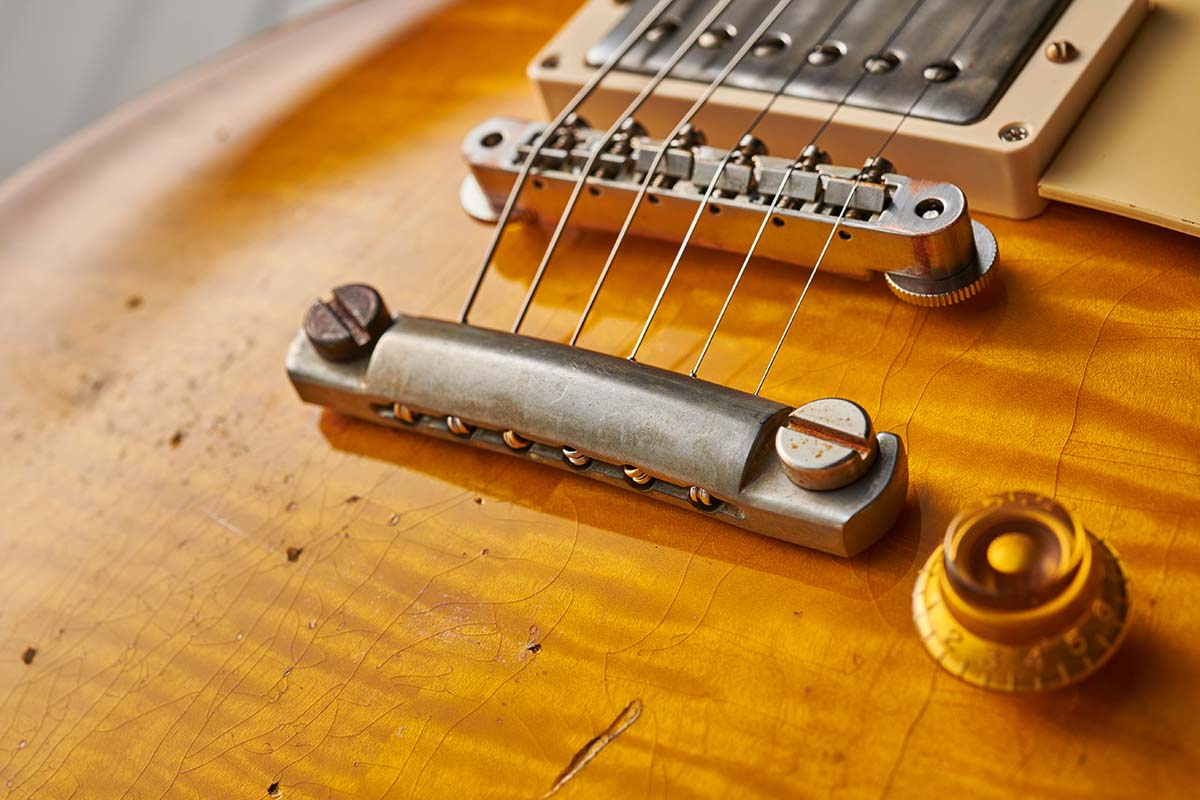
What’s the secret to imparting that subtly ‘just right’ look to a reissue guitar’s top?
“I won’t get too technical, but I figured it out because I was around so many guitars. The top of the Les Paul has a plateau in the belly, as we call it, and it’s not flat, exactly, but it’s not all rounded, either. Through the ’80s you’ll see really arched tops, focusing on the centre. Well, that’s almost flat on a vintage Les Paul to accommodate the pickup rings, the bridge.
“I discovered that there was a sort of flatness to the whole look of an old Les Paul: the screws are flat-headed, the pickup rings and the covers are for most part level with each other, the bridge is pretty close to the top of the guitar, and then the tailpiece…
“They’re all sat on this cool plateaued belly, which, when it gets out toward the edge, drops off pretty quick. [The downward contour radiating outwards from the belly] doesn’t go below the binding – though people think it does.
“But as it fans out sideways, the drop from the top of the carving to the bottom is radical and pretty fast, and so it catches light. So when we saw Jimmy Page on stage, there was a crescent-shaped light where we’re seeing the carving in the top, and without that definition, you don’t see that.
“Today, the carving is a showcase of the top of a Les Paul and I love seeing it. It was really good [in the ’50s and ’60s] and then it drifted – and in the 70s, they almost lost the carving. There are some guitars from that period where it’s totally flat from the bridge to the binding. And a lot of us knew that. So the [accuracy-restoring] things that we’re able to do today are like that – the shape of the carving is very, very important.”
Tell us something surprising about the Les Paul…
“You know, the first one I ever encountered belonged to a friend. He had bought it and it was like $4,000, which was a lot of money at that period in time. I can’t even say what year it was. But he gave me that guitar because I was playing music professionally.
“Well, that guitar did not weigh 8lbs – and that guitar did not sound good. So I never planned to be a technician, like I said, but now I am. But I will tell you that if you can’t handle 9lbs, you don’t need to be playing a Les Paul! I don’t know what it is, but there is probably a formula [to define] the ideal weight and density of the body and the neck and the top all together.
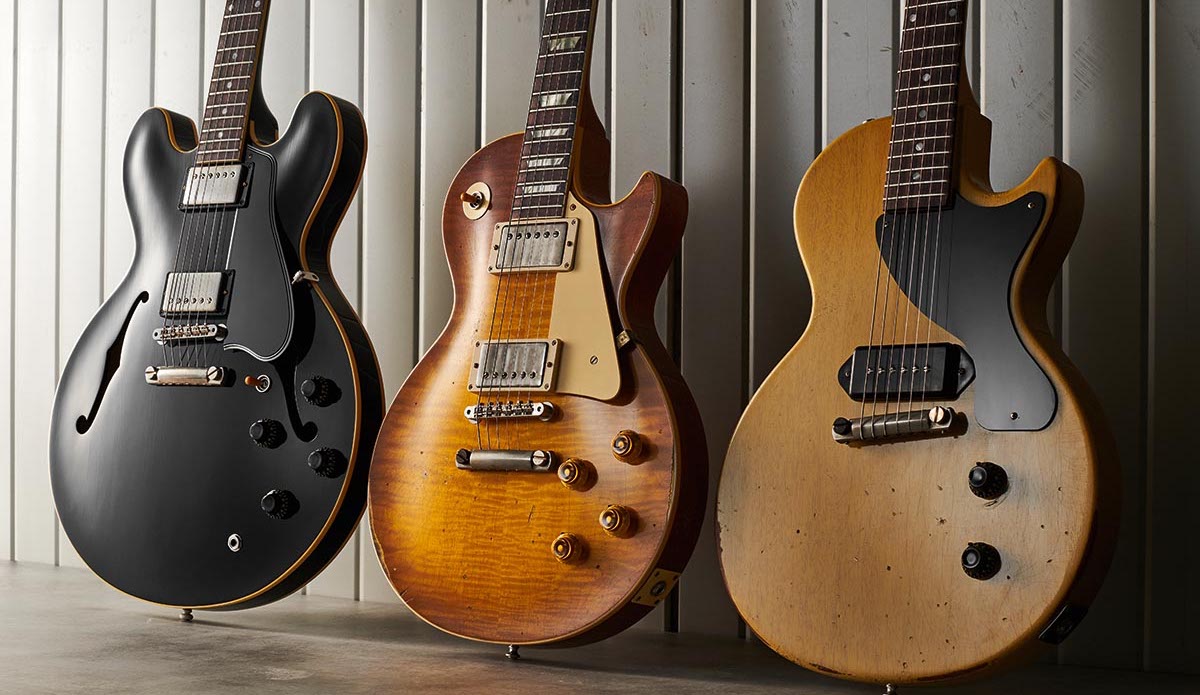
“We have a lot of engineers here and ways to measure stuff. I had two tops – just the tops – in my hands one time when I was picking tops. And that’s just a slab, the two pieces glued together. It’s like an inch thick [before carving]. So I had one in one hand and one in the other and I realised these are not even close to the same weight – yet no-one talks about the weight of the top.
“We measure, we weigh the backs – starting in ’93 – and if it didn’t weigh 9.5lbs or less, we would not use it for the back of a Historic. But that’s all we can control. Because once we got it started, we can’t adjust it. You’re not gonna throw a guitar away if it happens to weigh 10.5lbs. But we figured it would control the overall weight if we caught it at the beginning of the back.
“Anyway, I went and weighed these tops: one weighed 3lbs and one weighed 6lbs. Wow! That’s gonna be two entirely different guitars. And they’re probably not gonna sound the same because the top that weighs 6lbs is the exact same size as the 3lbs top, but obviously it’s much denser. Well, your bridge is screwed into the top, not the back. So what’s gonna sound better: the 3lbs top or the 6lbs top? So ideally, if you put a really dense, tight, heavier top on a light back, it’ll balance out.”
How has the process of making accurate reissues of vintage Les Pauls evolved?
“When you look at a vintage Les Paul, it’s completely beautiful to me – always was. I would just stare at them and think, ‘How did they come up with this cool design?’ Les Paul himself was an innovator, he broke a lot of [pre-existing] rules with that design and, like I said, the music eventually caught up with the guitar.
Over the years, aficionados really wanted Gibson to figure it out and nail it
“When I saw my first ’68 reissued Goldtop in about 1970 I was disappointed to see the wider binding in the cutaway, which I knew didn’t exist in the 50s. That’s a technical thing because the routing for the binding follows the top, and it’s a quarter of an inch tall at the binding.
“If you rout it from the back, it’s much easier, but when you get to the cutaway, since the top arches up, you’d have to cover all of that with binding. So those guitars are wonderful and very valuable today, but it looked like a compromise.
“They’re really good guitars, but it showed that they weren’t trying to replicate 50s guitars; they just had some similar features. The body shape looked like a Les Paul, but if you get right down to it, there were lots of differences. So over the years, aficionados really wanted Gibson to figure it out and nail it.
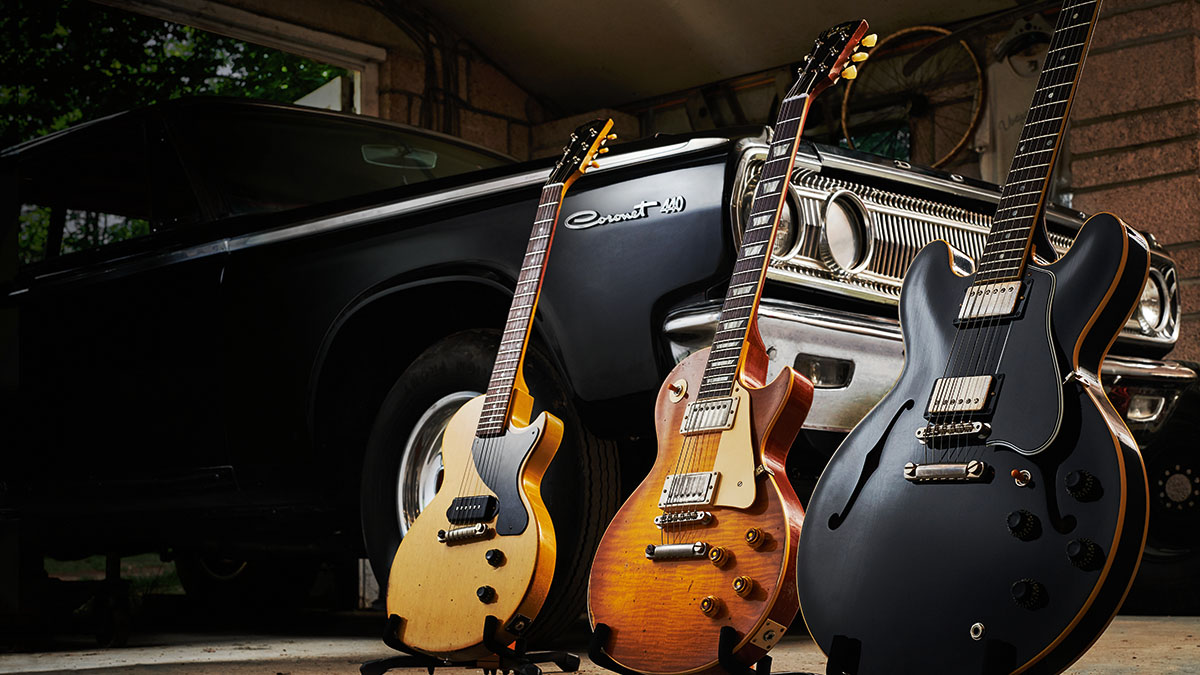
“So you had various attempts by outside consumers – most of them were guitar dealers – to try to get Gibson to [highly accurately] replicate a ’50s Les Paul. Because the project was done from the inside to the outside, when we took on Historic that meant Gibson’s gonna figure out how to make the guitar right. We don’t need anybody else’s advice. We’ll take real guitars and try to copy them. And that’s what is done in this building today, all day – replicas of ’50s guitars.
When I was involved in ’92 and ’93 with the Historic coming on, I had no idea we’d be making the guitars so accurate today
“I will tell you that if you look at a current Historic Les Paul and you look at the Gibson logo and peghead face, if you look at the top of the capital ‘G’ in the logo, it’s now rounded, exactly like the ’50s. Whereas if you look up to 2019, that had a flat sort of look.
“I wasn’t concerned about it, but I was told we were gonna change it. And it has been changed – and now I can’t unsee it. That’s how committed the company is to detail on all the guitars. It’s like a dream come true for me. When I was involved in ’92 and ’93 with the Historic coming on, I had no idea we’d be making the guitars so accurate today. It’s really great.”
Jamie Dickson is Editor-in-Chief of Guitarist magazine, Britain's best-selling and longest-running monthly for guitar players. He started his career at the Daily Telegraph in London, where his first assignment was interviewing blue-eyed soul legend Robert Palmer, going on to become a full-time author on music, writing for benchmark references such as 1001 Albums You Must Hear Before You Die and Dorling Kindersley's How To Play Guitar Step By Step. He joined Guitarist in 2011 and since then it has been his privilege to interview everyone from B.B. King to St. Vincent for Guitarist's readers, while sharing insights into scores of historic guitars, from Rory Gallagher's '61 Strat to the first Martin D-28 ever made.
“It combines unique aesthetics with modern playability and impressive tone, creating a Firebird unlike any I’ve had the pleasure of playing before”: Gibson Firebird Platypus review
“This would make for the perfect first guitar for any style of player whether they’re trying to imitate John Mayer or John Petrucci”: Mooer MSC10 Pro review










